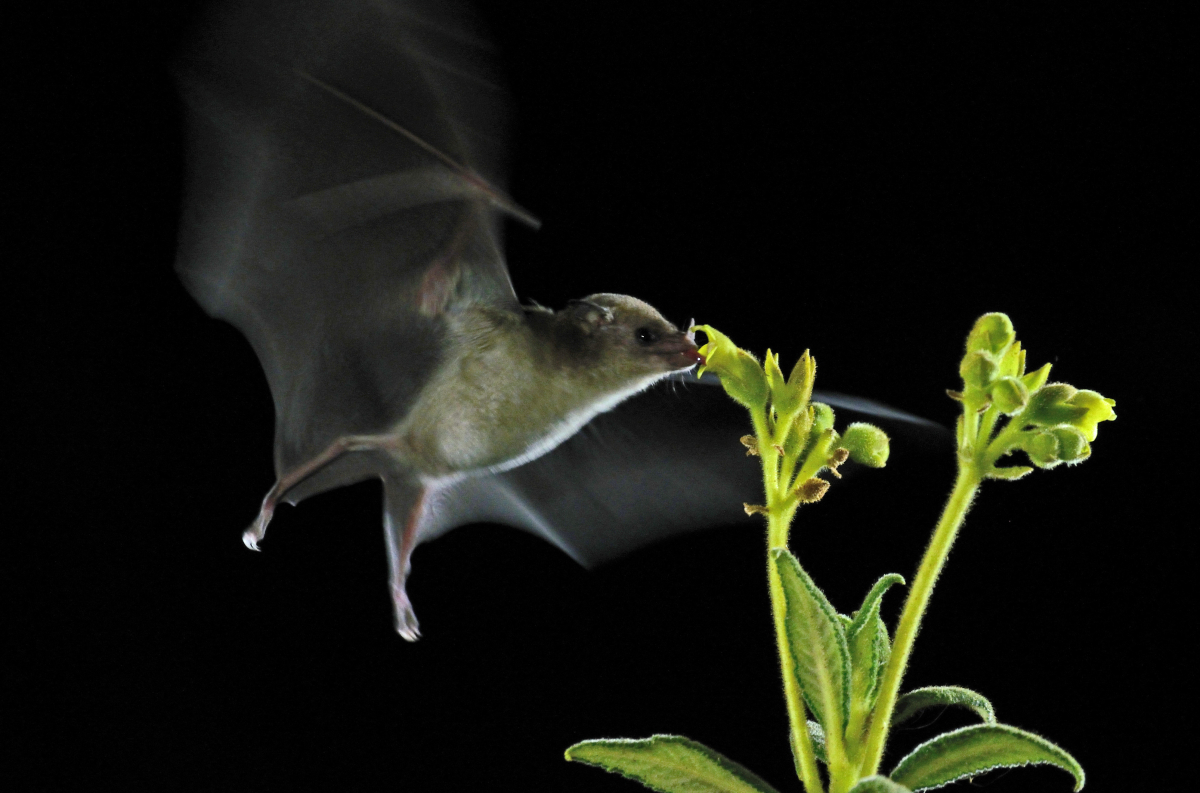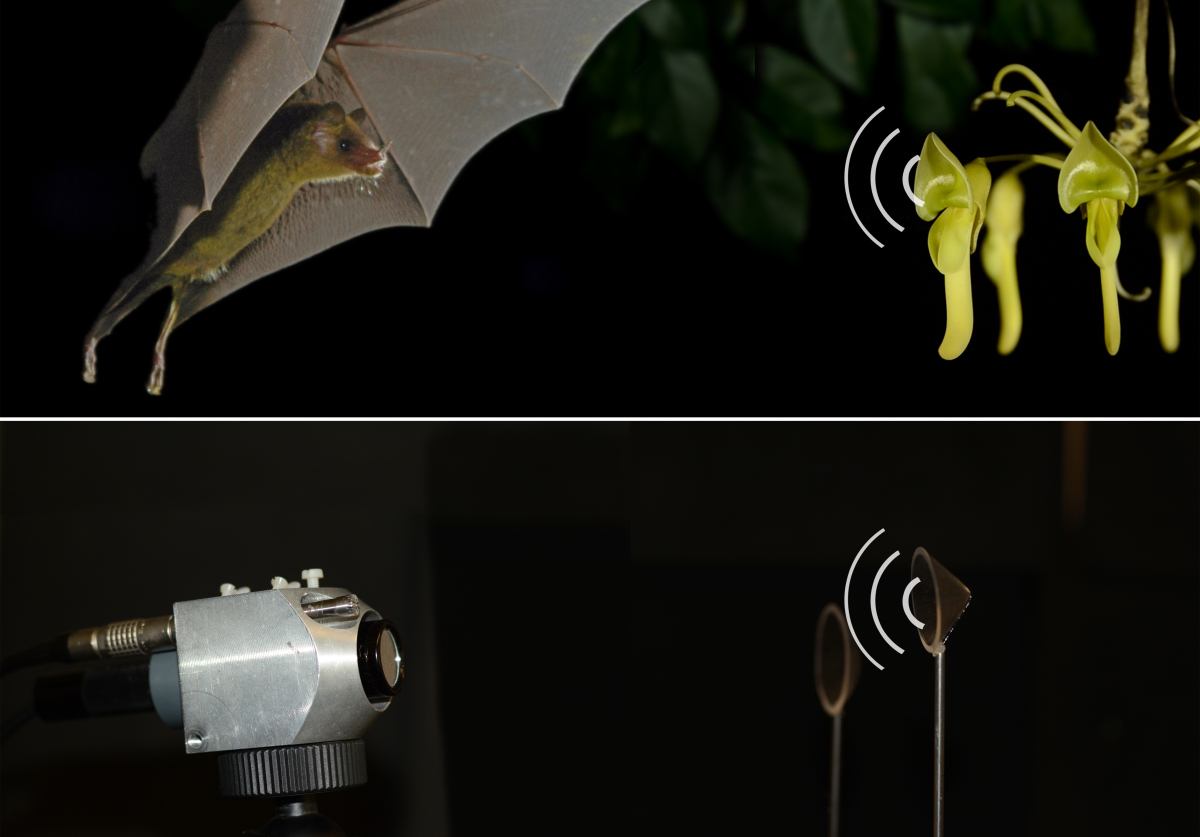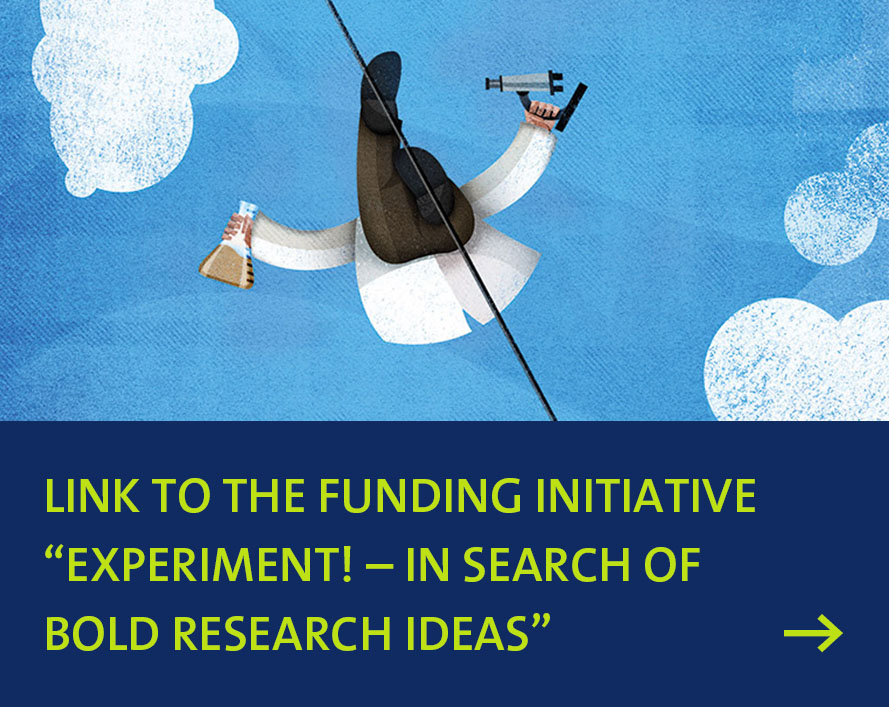Sonar Navigation Inspired by Bat Flowers
Successful "Experiment!": Researchers have come up with a solution for efficient sonar measurements for robots and self-driving cars, inspired by a special coevolution between bats and flowers.
For navigation systems in robots and self-driving cars, sonar sensors, which use sound propagation to detect objects, play an important role. The sensors are inexpensive, energy efficient, and usually provide very accurate measurements. "However, they also have some limitations," says Ralph Simon from the Ecological Science Department at the Vrije Universiteit Amsterdam. "Their measurements can be ambiguous, and this can cause confusing situations for the autonomous robot." Moreover, there were no sonar signs or signals so far, which could assist sonar navigation.
Funded by the Volkswagen Foundation within the funding initiative "Experiment!", Ralph Simon and his colleague Stefan J. Rupitsch from the University Erlangen-Nuremberg together with Jan Steckel, who works at the Department of Electronics and ICT at University of Antwerp, went in search of a solution. They ended up finding one in flowers that depend on bats for pollination services. Their findings are now published in the scientific journal PNAS.

"Bats navigate by way of echolocation," Simon explains. "They can locate objects by emitting sounds and listening to the echoes picked up by their ears. It's an ingenious way of sensing the world, and it works great. But sometimes things become difficult, for example when a bat's food source is very close to vegetation. And yet, there are even species of bats that feed on flower nectar, so they obviously have to fly very close to plants and search for flowers."
Leave it to natural selection to come up with a solution: some bat-pollinated plants have developed special floral parts that act as sonar reflectors, making the plants stand out in the bats' acoustic landscape, helping them find their way.
Artificial Reflectors
Simon, Steckel and their colleagues had the idea to developed artificial sonar signs inspired by these acoustic reflective floral parts to guide robots and driverless cars through unfamiliar environments. The researchers developed special bat-inspired sonar systems and floral inspired sonar reflectors. “We were amazed how reliable these reflectors were detected even within clutter rich surroundings” Simon says.
The researchers could demonstrate that these artificial reflectors can improve the navigation efficiency of a sonar-guided robotic system and they were even able to transmit different commands with different reflector forms, making the bioinspired reflectors to perfect sonar traffic signs. “Bioinspired sonar signs can be very efficient tools, opening doors for new applications of sonar sensors and a safer autonomous navigation" Steckel concludes.

The Volkswagen Foundation’s funding initiative "Experiment! – In search of bold research ideas" tries to pave the way for fundamentally new research topics even though the outcome may be contingent. The initiative addresses researchers in science and engineering as well as in the life sciences (including immediately neighboring disciplines in the behavioral sciences), who want to put a potentially transformative and risky research idea to the test.

